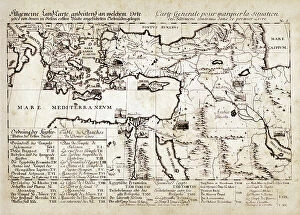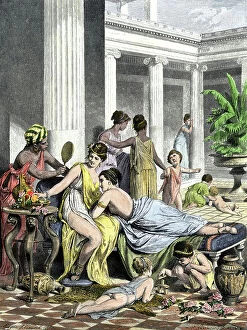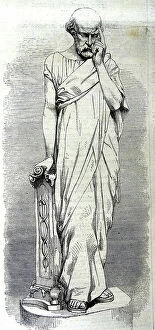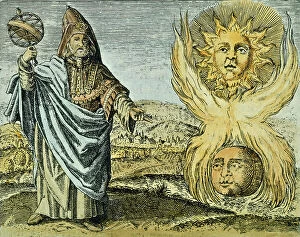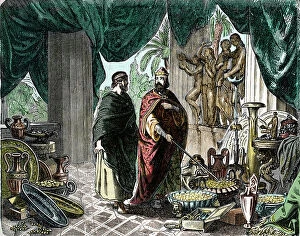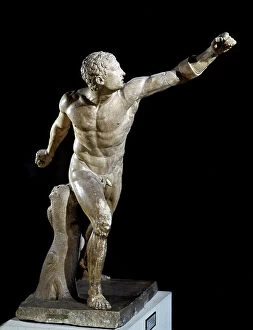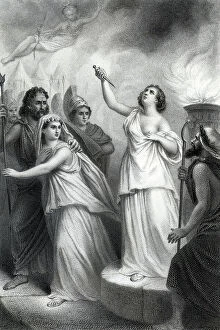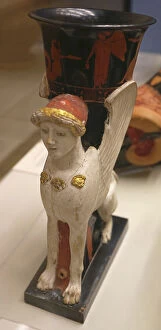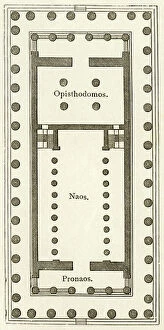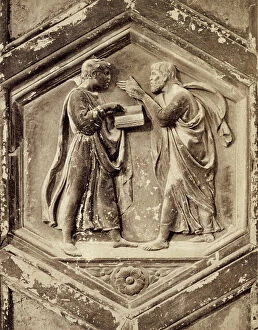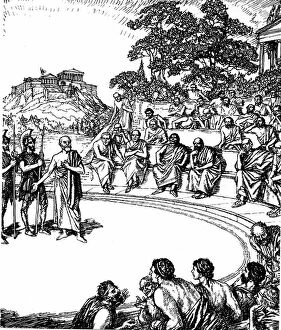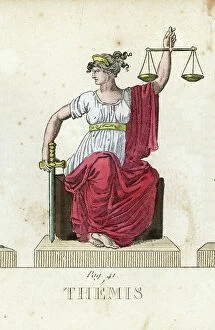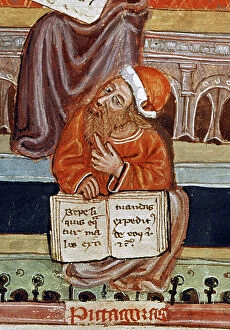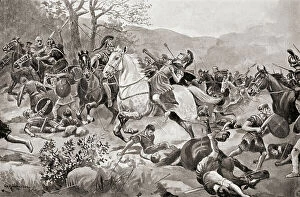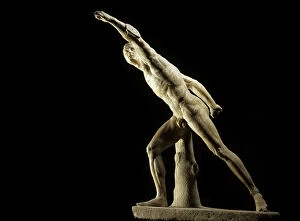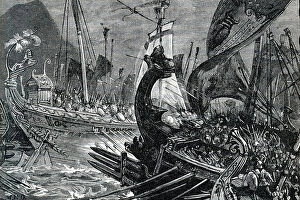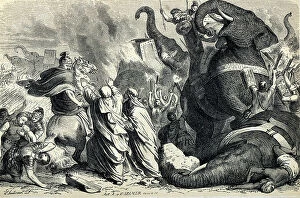Ancient Greece Collection (page 23)
"Unveiling the Splendors of Ancient Greece: A Journey through Time" Step into the world and be captivated by its rich history, art, and mythology
All Professionally Made to Order for Quick Shipping
"Unveiling the Splendors of Ancient Greece: A Journey through Time" Step into the world and be captivated by its rich history, art, and mythology. Admire the vibrant Fresco Three Minoan Women at Knossos, a testament to the artistic prowess of this ancient civilization. Feel their presence as they come alive on your walls. Let Hermes, depicted in Jonnard's 1886 masterpiece, guide you through this enchanting era. His mischievous smile hints at the tales he has witnessed unfold. Marvel at the Marble Aphrodite Kallipygos statue, a Roman copy that pays homage to its Hellenistic original. Her beauty transcends time and leaves us in awe of her grace. Explore Ancient Greece and its colonies around the Aegean Sea - an empire that shaped civilizations for centuries with its cultural influence and intellectual achievements. Stand before Athena's majestic statue within Athens' Parthenon; feel her wisdom radiate from every corner as she watches over her beloved city. Trace your fingers across a vintage map of Magna Graecia; it reveals how far-reaching Greek culture spread beyond mainland borders, leaving an indelible mark on distant lands. Discover Asclepius, the Roman statue embodying healing powers revered by both Greeks and Romans alike. Witness his divine aura that once brought solace to those seeking remedy. Gaze upon Doric, Ionic, and Corinthian columns - architectural marvels that adorned temples throughout ancient Greece. Each style tells a story of craftsmanship passed down through generations. Immerse yourself in Greek mythology as illustrated gods come to life before your eyes. Zeus reigns supreme while Poseidon commands mighty seas; their stories echo through eternity. And finally, meet Socrates - philosopher extraordinaire whose caricature captures his wit and intellect. Engage in lively debates alongside him as you delve into profound philosophical concepts still relevant today.


